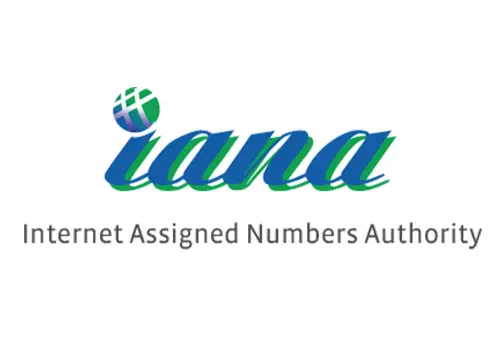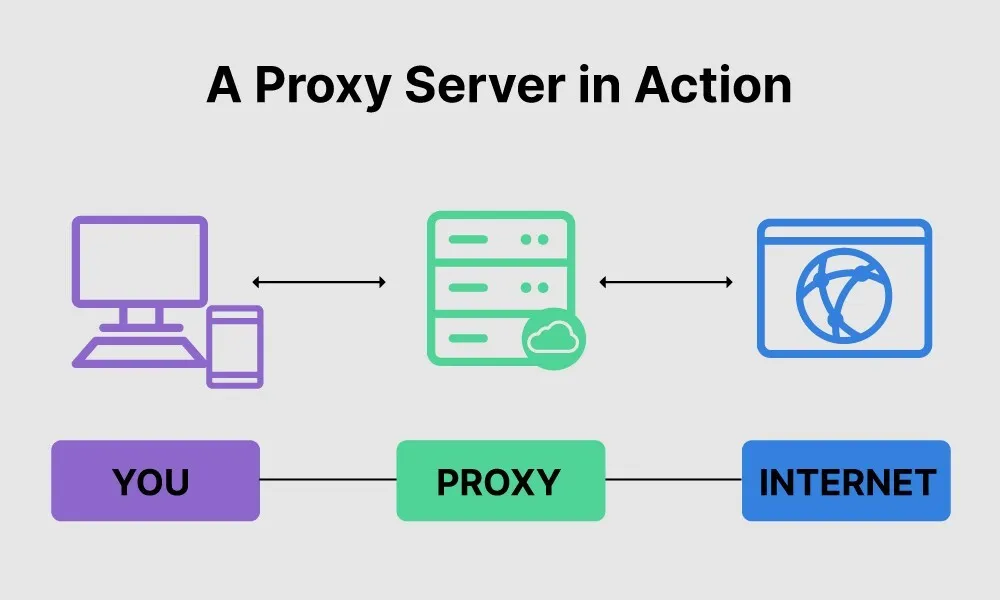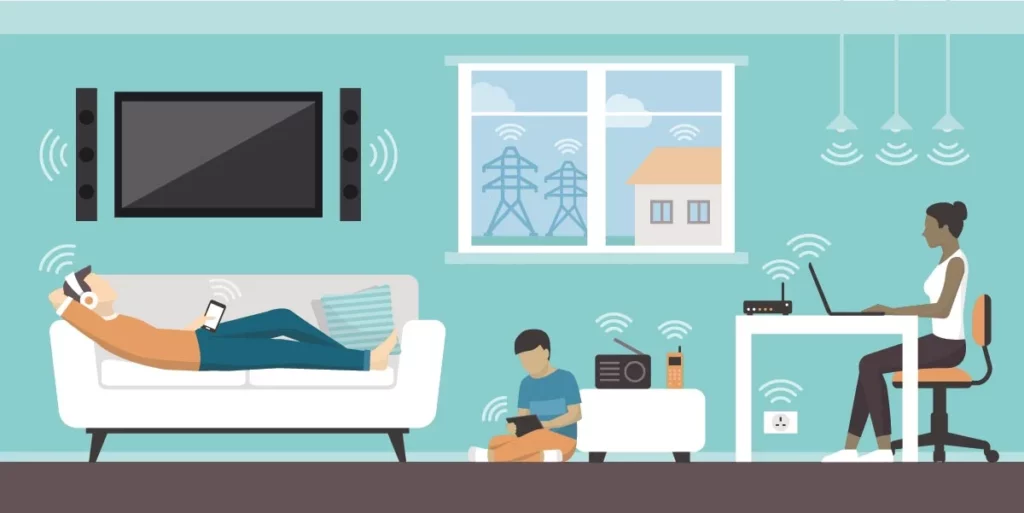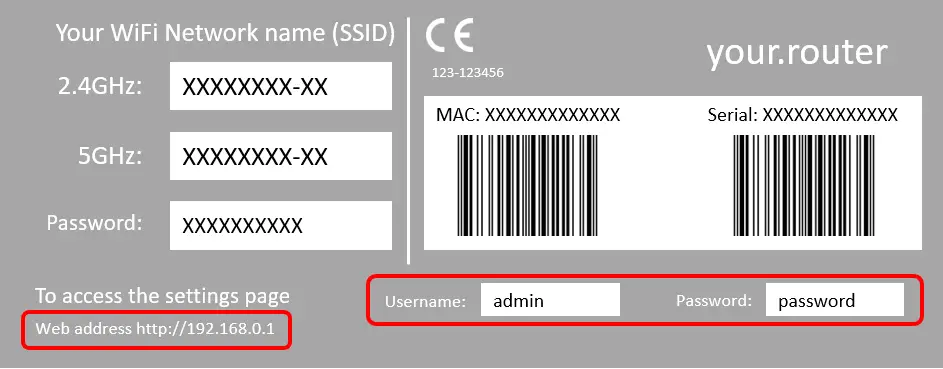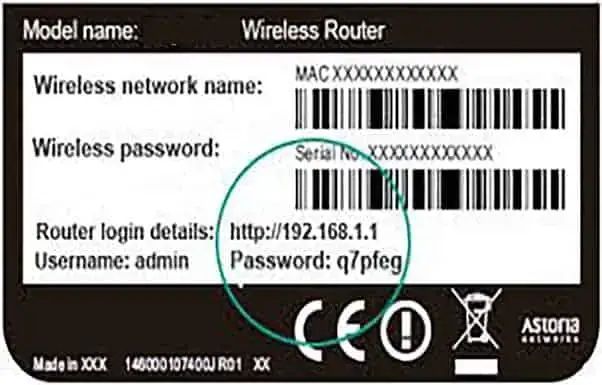192.168.1.2 IP is a private IP address used by many routers and devices like modems, webcams, and DVRs. This is basically for home broadband routers outside the United States and also for some manufacturers as the default IP address for their routers. Being a private IP address, it doesn’t need to be unique across the internet as opposed to a public one. Also, it does not require any license or permission from any authority/authority.
NOTE: – Always type the correct IP address in your browser, i.e., “192.168.1.2” Most of the time, we end up ordering the wrong IP, such as www 192.168.1.2, www 192.168 1.2, 192.168..1.2, 192.168 1.2 1, 192.168 1.2, http//192.168.1.2, 1o2.168.1.1, http 192 168, 192-168-1, 192 168 l, 192.168.l.20, 192.168 l 20.
The most preferred method for the assignment of IP addresses is DHCP. DHCP stands for Dynamic Host Configuration Protocol. DHCP provides quick, automatic, and central management for distributing IP addresses within a network. One can use DHCP to configure the device’s subnet mask, default gateway, and DNS server information.
Static IP address assignment can also be done but may result in connection issues if the network’s router is not configured correctly. In a static IP address, the IP address is set manually for a device rather than assigned by a DHCP.
Table of Contents
How to access the 192.168.1.2 IP address
One does not usually require access to the admin console of the IP address. Still, you might have to in cases like when you are having connection problems, setting up the router for the first time, changing the router password, setting up custom DNS servers, etc.
Here’s how to log in to the admin console for the IP address.
- Open your web browser. You should use the latest version of your web browser.
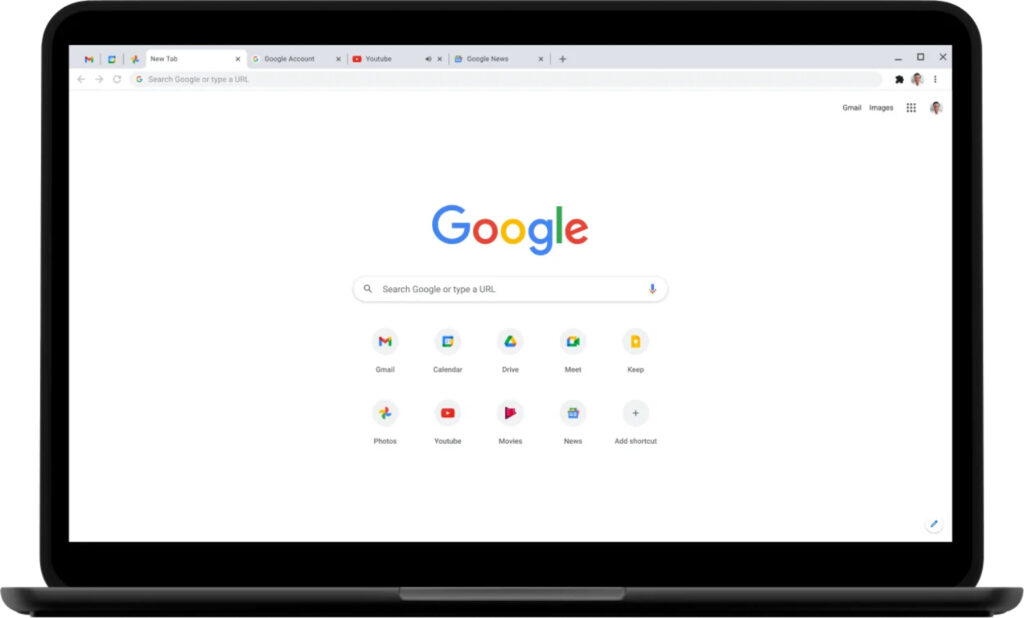
- Then enter this address in the address bar: http://192.168.1.2/c. You will have to enter an administrative username and a password. You can find it online, or it’s available at the bottom of the router as well. Mostly the username is kept as ‘admin’ and password as ‘1234′.
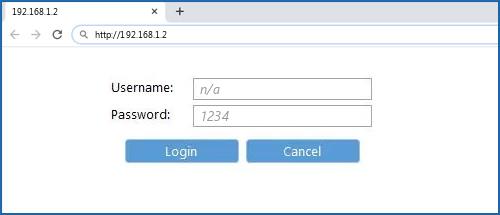 Press Enter after login the admin username and password, and the admin panel of 192.168.1.2 IP address will open.
Press Enter after login the admin username and password, and the admin panel of 192.168.1.2 IP address will open.
You can now configure your device to the router from here. You can change other settings like changing the network name, adding or removing a new or existing device, changing the network type, bandwidth, and transmission rate, and viewing the devices connected to your router.
Issues while using 192.168.1.2 IP address
Being a private IP address as by Internet Assigned Numbers Authority (IANA), the following are some of the users’ restrictions.
Proxy server
It would be best to use a proxy server to connect to this network, as anyone can access it without permission.
A limited number of devices
Only a limited number of devices are allowed to connect to this network, thus making it unsuitable for more extensive networks where many devices need to connect to a single network.
How to change 192.168.1.2 IP address
While assigning an IP address, a router does not usually check whether the same IP address is given to a client manually before giving it to a client automatically. If one assigns the same IP address to multiple routers, it creates an IP address conflict. IP address conflict renders one or both the devices (clients) unusable for network operations.
Intimation of IP address conflict/s is through an error message that will vary depending upon the type of conflict and version of Windows. Herein mentioned are some of the ways through which you can resolve IP address conflict. For networks with fixed IP addresses, you must ensure each local host is set with a unique IP address.
- You must release and renew its IP address if it’s dynamic. For that, open the Command Prompt window by searching for it in the Start menu’s search bar. Then type the command “ipconfig/release” and press Enter.
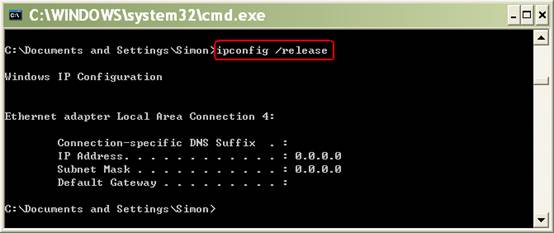
- Again type in another command, “ipconfig/renew,” then type the new IP address and press the Enter key again. This will change the IP address, and you need to log in again from the new IP address to use the router services.
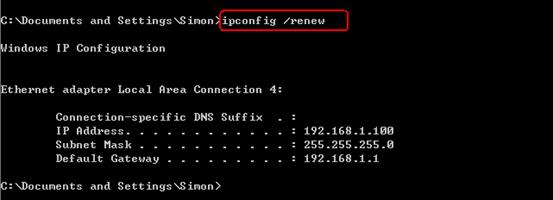
- Sometimes it may also happen that your router has a faulty DHCP wherein you need to upgrade the router firmware to resolve the issue. For upgrading, you need to check out the points below:
- Download the firmware file. You can get it from the manufacturer’s website.
- Log in to the router’s admin console.
- Go to the firmware section in the router’s settings. You may find it in the Advanced or Management part, but it can also be elsewhere.
- Transfer the firmware file to the router.
- Reboot the router. This may happen automatically after the firmware has been fully applied. Otherwise, do it manually.
Forgot Router Name and Password?
There can be instances when you may forget your router’s login credentials. But there’s no need to worry in that case, too, as here are some ways to reset your router name and password.
Default username and password
You can find the username and password in the router’s user manual for IP 192.168.1.2. Otherwise, you can find it on the sticker at the back of the router.
Default configuration
But after this, you need to reconfigure all your devices with the router from scratch.
FAQs
Where can you use 192.168.1.2?
It can be used in several routers apart from DVDs, webcams, etc.
Is it necessary that 192.168.1.2 be unique?
No. No specific guideline states that 192.168.1.2 should be unique.
How do you change the password of 192.168.1.2?
You must log in with your default credentials to the official website. Then you will find an option to change the password and username. Click the apply button after checking the box to accept the terms and conditions.
What is one drawback of 192.168.1.2?
The drawback of 192.168.1.2 is that it can only be connected to a few devices. Thus, they are unsuitable for mass applications.
Conclusion
Routers and IP addresses are the most common things today, as all connections refer to internet connections. But an inherent part of technology is that you never know when it may falter.
You can take additional measures to ensure that your router and IP address 192.168.1.2 work without defaulting much. These include using a UPS or any other source of stable power supply for configuration, using good quality cables in case of a wired connection, and always ensuring that the router lights keep blinking while it’s on.

Learn everything that is related to Router Login, IP Addresses in an extremely simple way. Also get access to all the usernames and passwords of different routers.

